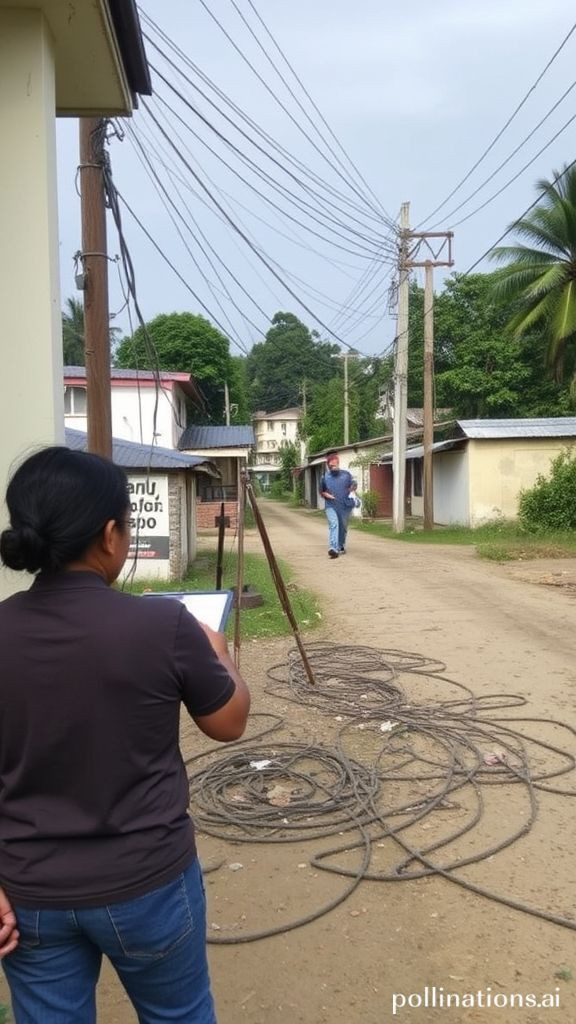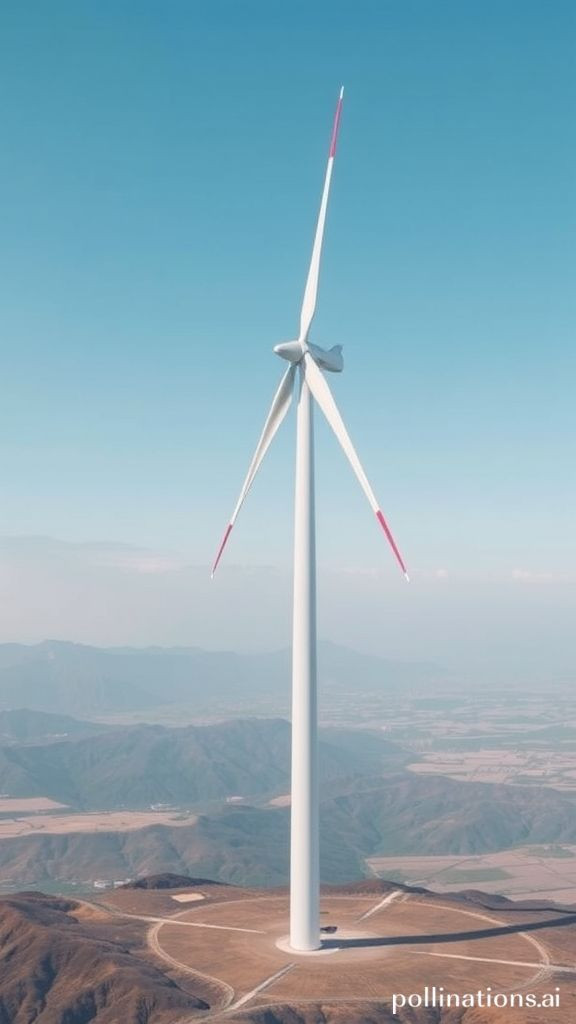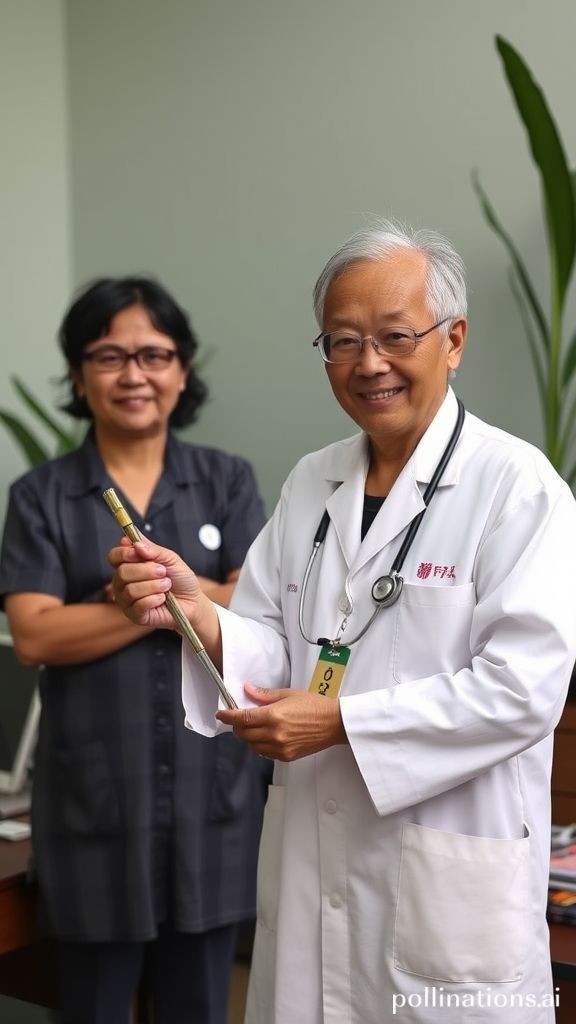
DOST assesses tech needs of disconnected barangays
DOST assesses tech needs of disconnected barangays

The Impact of DOST Empowering Marginalized Communities through Science and Technology
The Power of Science and Technology in Remote Communities
In the heart of Cagayan province, a region known for its natural beauty and rich resources, lies the remote barangay of Tanglagan. This small community, nestled in the municipality of Gattaran, is home to two disconnected zones that have long been isolated from the rest of the world.
Assessing Technology Needs
Reaching Tanglagan requires a journey of determination, involving motorcycle travel, trekking through mountain trails, and crossing rivers. Despite these challenges, the residents of Tanglagan are driven to improve their lives and create a brighter future for themselves and their children.
The Department of Science and Technology's (DOST) Community Empowerment through Science and Technology (CEST) Program aims to uplift marginalized communities like Tanglagan by providing science-based solutions and interventions. Through the CEST Program, the community's needs were carefully assessed and documented to guide science-based interventions that empower residents and promote inclusive growth and sustainable development.
Community Needs Assessment
A team from DOST Region 2 and the Provincial Science and Technology Office - Cagayan, accompanied by the Cagayan Police Provincial Office - 2nd Cagayan Provincial Mobile Force, conducted a Community Needs Assessment (CNA) in Zone 1 and Zone 7 of Barangay Tanglagan on September 16-18, 2025.
Zone 1 Electricity and Livelihood Development
In Zone 1, with approximately 108 households, the community faces significant challenges due to its disconnection from electricity. Despite these obstacles, residents expressed a strong determination to improve their livelihoods. With local crops such as peanuts, cassava, and bananas readily available, the community is eager to develop food processing enterprises, powered by electricity.
Zone 7 Indigenous Peoples Group
In Zone 7, home to 95 households including members of the Aeta Indigenous Peoples group, the situation is similar. Electricity and clean and safe drinking water are top priorities. Residents also expressed interest in developing weaving skills, particularly in crafting rattan-based products, which they see as a viable livelihood opportunity with proper training and support.
Sustainable Energy Solutions
Barangay Captain Carmelo Aquino highlighted the importance of sustainable energy solutions, emphasizing the potential for solar-powered electricity to light homes, enhance education, and enable livelihood and training opportunities. The residents of Tanglagan are eager to learn and innovate, and many expressed willingness to undergo food processing trainings to add value to their agricultural produce.
Conclusion
The journey to Tanglagan may have been challenging, but the voices and aspirations of its residents make it meaningful. The DOST-CEST Program is a testament to the government's commitment to bringing science, technology, and innovation closer to communities, no matter how far or difficult the road may be. By empowering communities like Tanglagan, the program aims to promote inclusive growth and sustainable development, creating a brighter future for all.
Keywords DOST, CEST Program, Community Empowerment through Science and Technology, Barangay Tanglagan, Sustainable Energy Solutions, Food Processing, Livelihood Development





